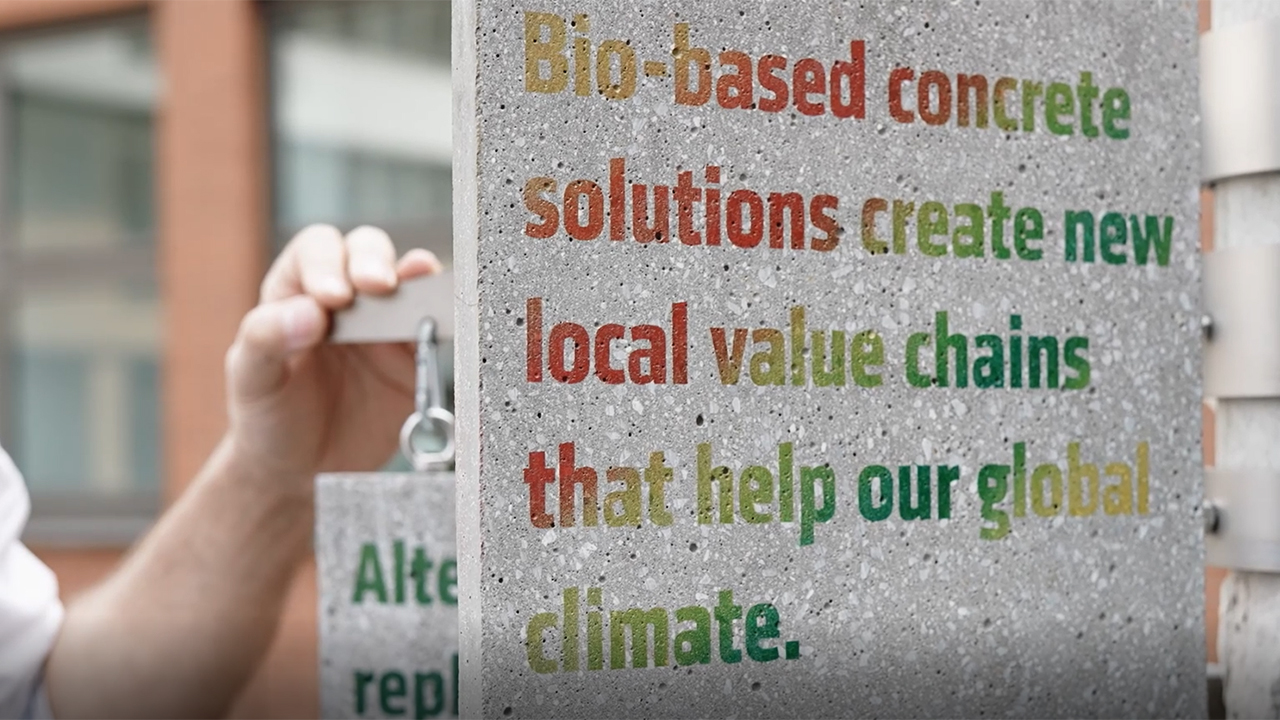Concrete is the most widely used building material in the world: Many millions of tons of concrete are used every year. It forms the foundation of our infrastructure - from roads to bridges, railroad tracks and airports. And it protects us from rain, cold and natural disasters. Its mixture of sand, gravel, cement and water - raw materials that occur everywhere - is what makes it so popular. Its properties are also unique: concrete is flexible, extremely robust and the only building material that meets the highest fire safety requirements.
But concrete also has its downsides: Large amounts of energy are consumed to produce cement, which is the main ingredient in concrete, and on top of that, significant CO2 emissions are generated. Up to 8% of the world's CO2 comes from the production of concrete. If the concrete industry were a country, it would be the third largest emitter of CO2 after China and the USA.
Researchers are working on sustainable solutions in various projects. A German-African cooperation at the Physikalisch-Technische Bundesanstalt (PTB) and the Bundesanstalt für Materialforschung und -prüfung (BAM) focuses not only on a climate-friendly alternative that is just as resilient and safe as conventional concrete but also on practical excursions concerning the topic of cement/concrete.
Are you interested in participating in QI Cement Laboratory Training?
Fore more detailed information, please contact qi-training@ptb.de



